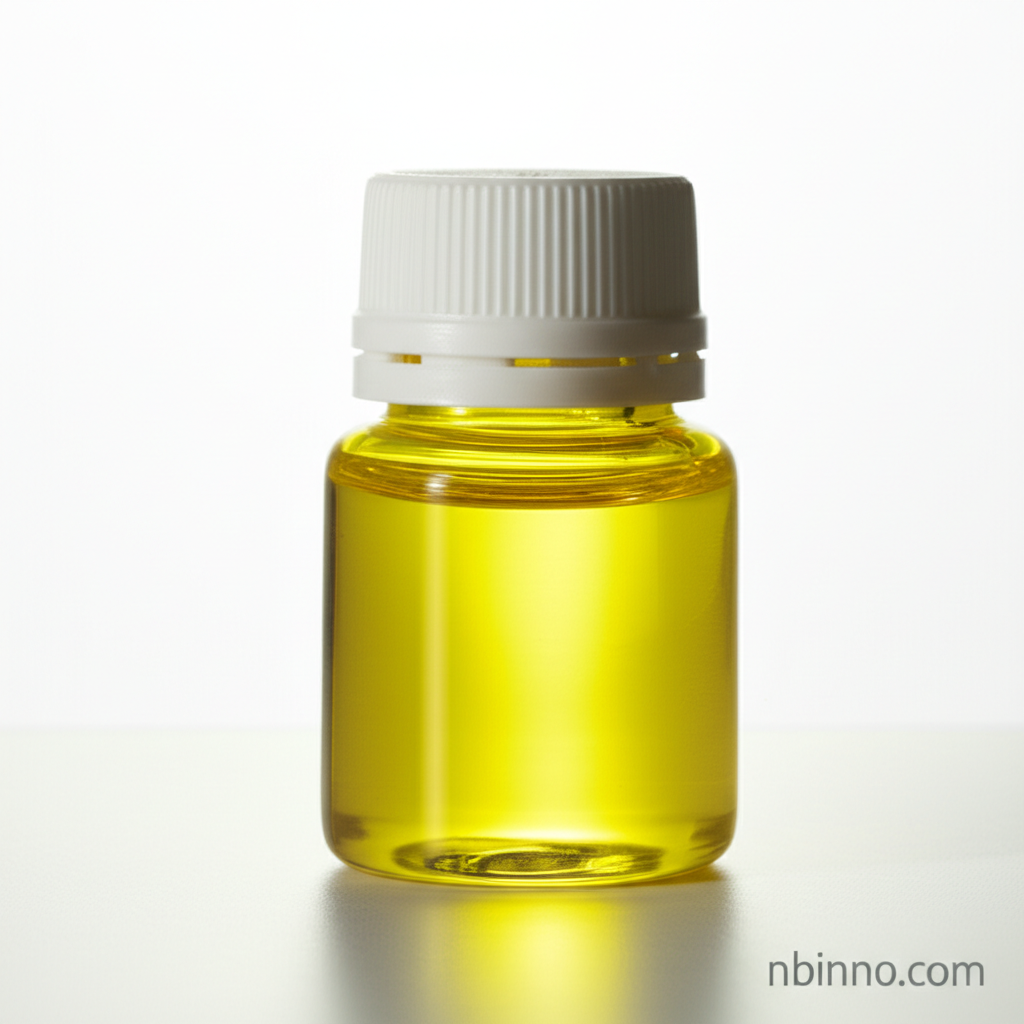Advanced Organosilane for Modern Industries
Explore the versatile applications of N,N-Diethyl-3-(trimethoxysilyl)propan-1-amine in cutting-edge electronics and chemical synthesis.
Get a Quote & SampleProduct Core Value

N,N-Diethyl-3-(trimethoxysilyl)propan-1-amine
This organosilane, identified by CAS 41051-80-3, is a crucial component in the development of advanced materials. Its unique chemical structure makes it an invaluable synthesis materials intermediate and a key player in the production of OLED material synthesis components. The compound's ability to act as a coupling agent for polymers enhances interfacial adhesion, leading to improved material performance and durability.
- Discover the potential of N,N-Diethyl-3-(trimethoxysilyl)propan-1-amine (CAS 41051-80-3) as a vital link in complex chemical syntheses, enabling the creation of novel materials.
- Leverage its properties for advanced surface modification, enhancing material compatibility and functionality in demanding applications.
- Understand the role of trimethoxysilylpropylamine applications in boosting the performance of polymers and composites through improved interfacial bonding.
- Explore the benefits of using tertiary amino functional silanes in creating specialized materials with tailored properties for electronic and industrial uses.
Key Advantages
Enhanced Material Performance
Utilize this organosilane to improve the mechanical and thermal properties of composite materials, acting as a critical coupling agent for polymers, ensuring better dispersion and stronger interfacial adhesion.
OLED Technology Advancement
As a key component in OLED material synthesis, this compound contributes to the development of brighter, more efficient, and longer-lasting organic light-emitting diodes, pushing the boundaries of display technology.
Versatile Chemical Synthesis
Benefit from its role as a synthesis materials intermediate, facilitating complex chemical reactions and enabling the creation of specialized compounds for various industrial and research purposes.
Key Applications
OLED Intermediates
This organosilane is instrumental in the synthesis of advanced intermediates crucial for the fabrication of OLED displays, contributing to improved efficiency and lifespan in electronic devices.
Polymer Composites
As a potent coupling agent, it enhances the adhesion between inorganic fillers and polymer matrices, leading to composite materials with superior mechanical strength and thermal stability.
Surface Modification
The silane’s ability to modify surfaces provides improved compatibility and bonding for various materials, crucial for applications requiring enhanced performance and durability.
Chemical Synthesis
It serves as a valuable intermediate in diverse chemical synthesis pathways, supporting the development of new chemicals and materials for research and industry.
